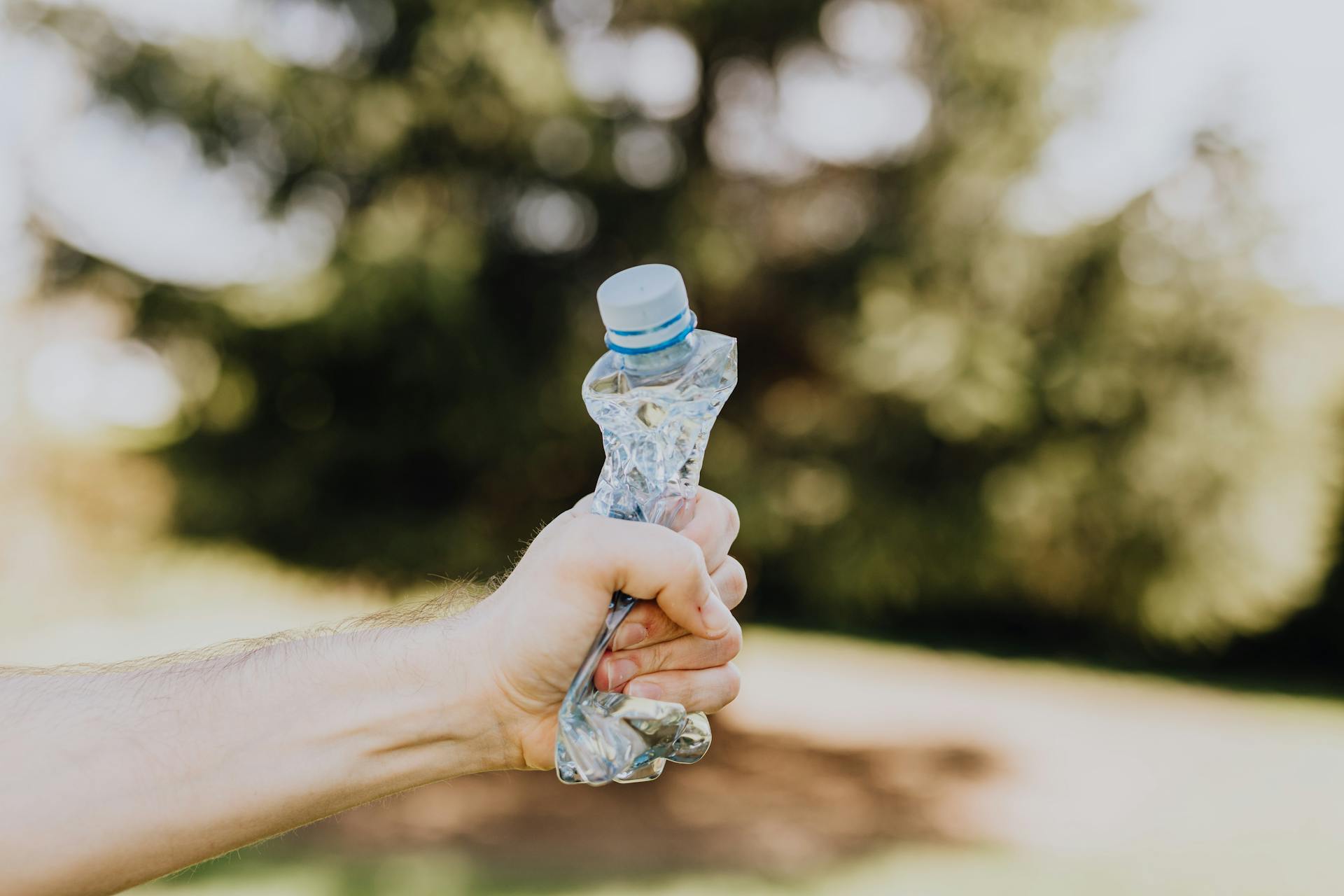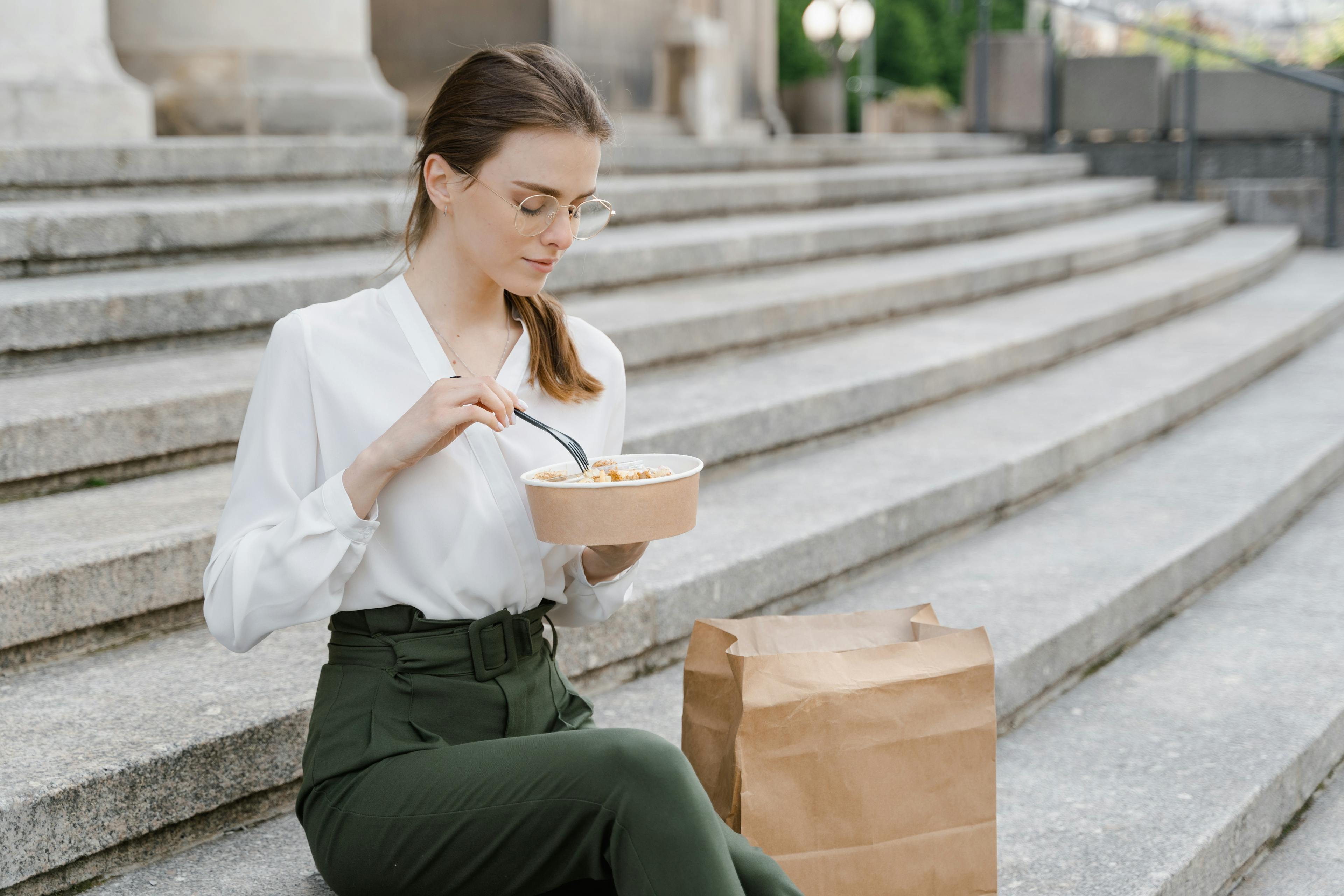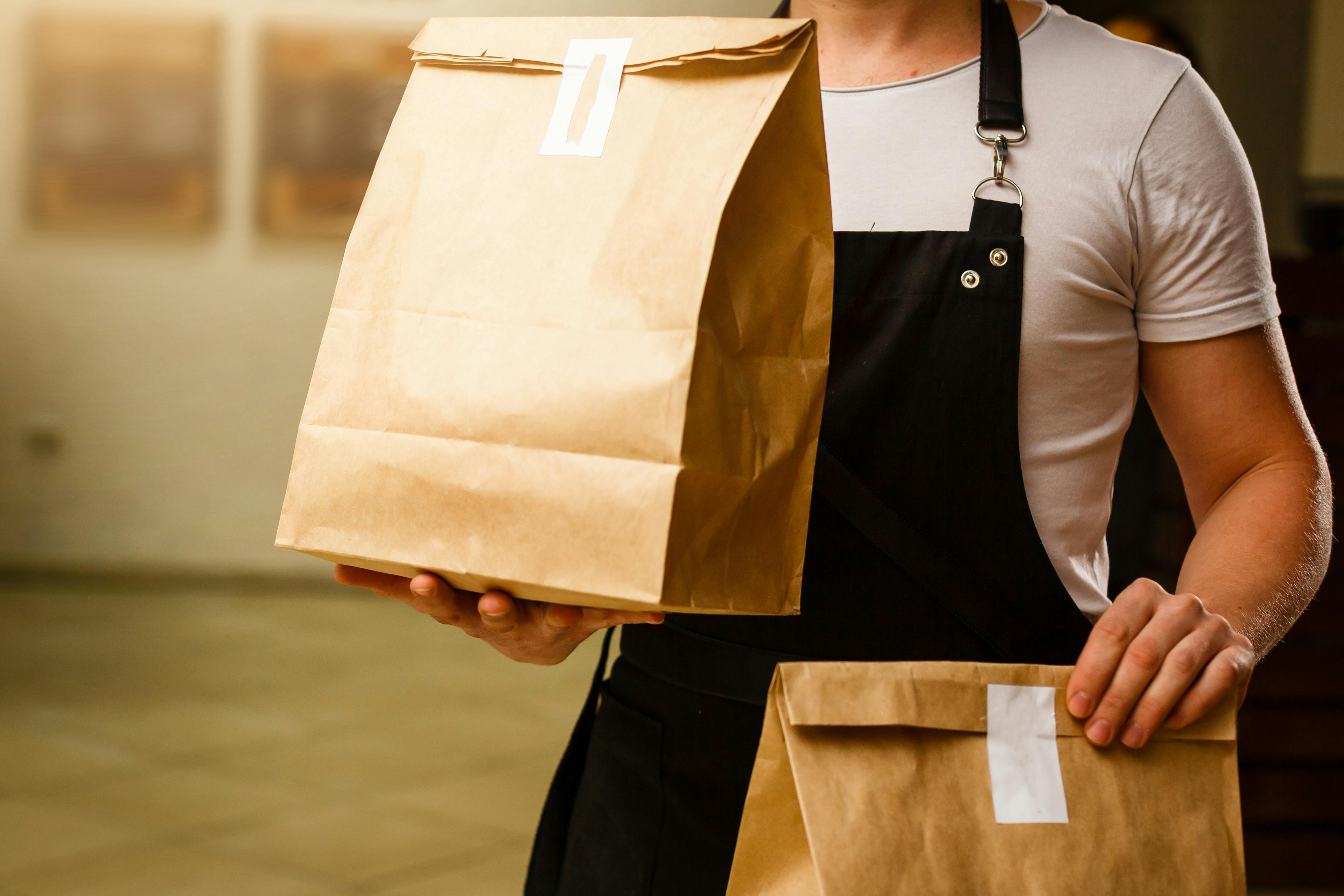
Sustainability in Restaurants
This post was written by Otter's partner Toast, your all-in-one restaurant POS system.
Every April 22 since 1970, people have celebrated Earth Day by taking stock of the impact our actions have on the health of the planet. We can all play a part in lessening the impact of climate change and keeping our oceans plastic-free, and the restaurant industry is no exception. Restaurants use a lot of plastic – just take a peek into your dumpsters, and you’ll see the evidence – and even making small changes can have a big impact.
Taking care of the environment is a collective responsibility, not just a trend. The EU even voted to ban single-use plastics in all member nations, which took effect in July 2021.
Consumers are increasingly interested in patronizing businesses that align with their beliefs, especially when it comes to sustainability. Though reducing your restaurant’s dependence on single-use plastics can be costly up-front, 73% of millenials are willing to pay more for eco-friendly experiences. Letting your customers know about your environmentally friendly practices via a targeted marketing campaign can also increase your revenue to help you offset the initial increased inventory cost.
Less than 9% of the plastic we use gets recycled, and lately the spotlight has been on reducing our dependence on single-use plastics like straws and plastic bottles.
8 ways to cut back on single-use plastics in your restaurant
1. Cut Back on Cutlery for Delivery Orders
Your delivery customers likely have drawers full of cutlery at home.
There’s no need to provide a fork (or multiple utensils) in every delivery order. Most single-use cutlery given with delivery orders end up being thrown straight into the garbage without being used. Takeout, however, is trickier because a customer might want to eat on the go.
Consider adding a question on your online delivery form that says, “Do you need cutlery?” or have your staff ask takeout customers this question when they order over the phone.

2. BYOTC (Bring Your Own Takeout Containers)
You’ll want to check your local health codes before implementing this one, but one way to keep styrofoam boxes from piling up in our landfills is by letting your customers provide their own reusable containers for takeout.
This works especially well for coffee shops and cafes as well. You can encourage customers to bring their own cups by offering a small discount, 50 cents, for example, every time they bring their own container. And whenever there’s no choice but to use a regular, disposable container, encourage your staff to use the smallest container possible to limit waste.
3. Limit Straw Use, but Don’t Ban It
In the past few years, cities and businesses across the country started banning single-use plastic straws to protect our waterways and those who call them home. Some restaurants opted to replace them with paper straws, while others decided to eliminate straws altogether.
If you choose to go the paper straw route, make sure you’re not buying paper straws that come individually wrapped in plastic — it sort of defeats the purpose. And if you’re considering banning straws altogether, don’t – disability advocates across the country expressed concern over the straw ban as many people with disabilities need them to drink.
A good approach is to stop providing straws with drinks unless they’re requested: Bring drinks to a table straw-free, and if customers ask for them, bring over a paper or plastic straw. This approach will have you using fewer straws than normal, reducing your overall plastic use without alienating diners with disabilities.
4. Cool It With the Plastic Wrap
Restaurants are notorious for overusing plastic wrap. If you’ve ever seen a sheet pan rack wrapped top-to-bottom in plastic wrap for transporting food to a catering site, you know what I’m talking about.
For day-to-day restaurant operations, plastic wrap is typically used to seal containers without lids or to provide an extra barrier against spills in containers with lids.
Consider investing in reusable solutions instead, like a plastic or vinyl sheet rack cover, or better quality containers with water-tight seals so you don’t have to put plastic wrap on a container before closing it.

5. Use Paper Bags for Takeout and Delivery
There’s no reason to be giving away plastic bags for every takeout or delivery order, especially now that some states require businesses to charge a few cents per plastic bag. If you sometimes have to send out spillable items like soup, consider only using plastic for orders containing those items, and switch to paper for all others.
6. Buy Ingredients in Bulk
Buying ingredients in bulk will help reduce your food costs and save the environment, a win–win. Buying ingredients in bulk means less packaging to throw away.
Coupled with buying in bulk, consider reevaluating your recipes to find areas where you can make your inventory go further and reduce food waste. Say you serve multiple dishes that involve different varieties of rice: Consider buying one strain of rice in bulk to prevent waste and maximize your inventory investment.
7. Say No to Plastic Beverage Containers
If you stock individual beverages (like sodas), make sure you’re buying glass containers or cans, not plastic bottles. If you don’t already have one, consider investing in a soda gun that combines flavored syrups with carbonated water that you pour straight into a glass for each customer. If you live in an area where tap water is safe to drink, don’t bother stocking bottled water.
8. Switch to Wooden Coffee Stirrers
Of all single-use plastics, plastic coffee stirrers are the smallest yet most wasteful of them all. They’re used for three, maybe five seconds, and then thrown into the garbage. If you’re still stocking plastic coffee stirrers, stop ASAP and replace them with a wooden or bamboo alternative.

The Bottom Line
It’s on all of us to do our part to stop relying on single-use plastics, and implementing just a few of the above tips can make a difference in how our industry impacts the environment. Not only will you be helping to keep our oceans clean, you’ll attract like-minded customers that will be happy to support your efforts in sustainability.

Book a demo to see how Otter’s all-in-one platform can help your restaurant thrive.